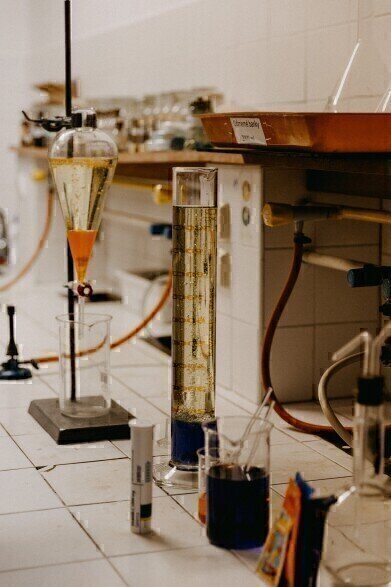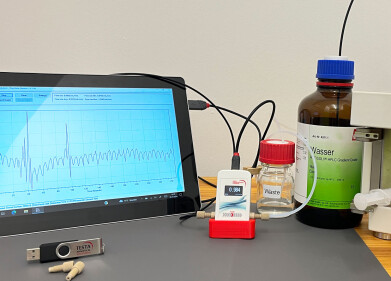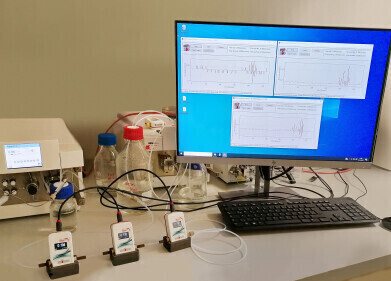Data handling
How Do You Prepare Column Chromatography?
Nov 30 2022
The saying goes ‘fail to prepare, prepare to fail’. That’s certainly true for column chromatography, where preparation is vital. In this post, we’ll go through some of the main steps involved when preparing column chromatography…
Column selection
The first step in preparation for column chromatography is selecting a suitable column. Firstly, that needs to match the type of analysis in question – such as normal-phase, reverse-phase, ion-exchange or size-exclusion, all of which have specially designed columns.
Then it’s onto the dimensions. The length and diameter of your column will impact the analysis and consequently the results. In short, longer and narrower columns will reduce the sample size required, increase analysis time and, in turn, improve resolution. However, they do require more pressure as a result, which columns need to be capable of withstanding.
Packing materials
Next on the list are your packing materials, which provide the stationary phase for chromatography analyses. These can vary in two main ways – material and size. Starting with material, the most popular options include:
- Silica – suitable for conventional applications with a high polar surface
- Alumina – again with a high polar surface, suitable for acid-sensitive compounds
- Diol – Suitable for lipids with a low polar surface
- Amino – This has a medium polar surface, which makes it suitable for carbohydrates
Another variable is the size of particles. For a long time, 5µm was the standard size. 3.5µm then became a popular option, followed by even smaller particles in recent years – such as 3µm, 2µm or even smaller. In simple terms, smaller particles can improve efficiency without increasing the flow rate, column length or the run time for analysis – though they do increase backpressure.
Sample preparation
Another vital step is preparing your sample, which gets it ready for the mobile phase. This includes removing analytes or matrix components. Without the right sample preparation, analytical results simply won’t be good enough.
Sample preparation can be physical, where samples are cleaned, concentrated or fractionated without altering them chemically. Alternatively, they can be chemical, where samples are modified to fractionate them or improve detectability.
Some common methods include:
- Solid-phase extraction
- Microwave sample preparation
- Flow injection analysis
- Segmented flow analysis
Other preparation for column chromatography
As well as the points covered above, column chromatography has other preparation steps such as gradient optimisation, robustness studies and method improvement. These all contribute to ensure methods are compatible with the chosen instruments.
Fortunately, there are ways to make them easier using automation, as discussed in the article ‘Automated HPLC Method Development and Robustness Tests for a Mixture of Hair Dyes Employing Two Different Instruments’.
Events
May 18 2025 Tempe. AZ, USA
May 21 2025 Birmingham, UK
Jun 01 2025 Baltimore, MD, USA
Jun 15 2025 Bruges, Belgium
Jul 14 2025 Kuala Lumpur, Malaylsia














